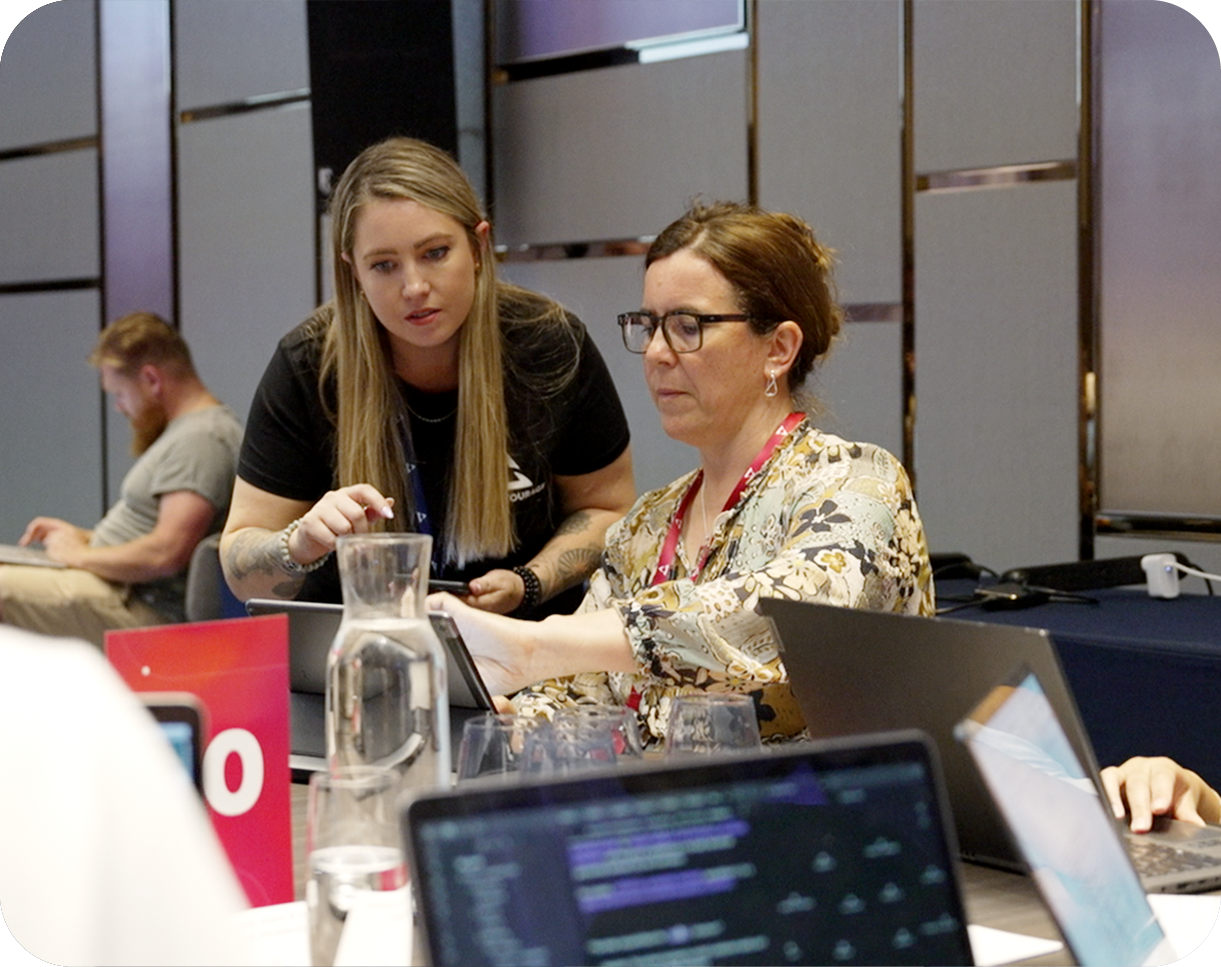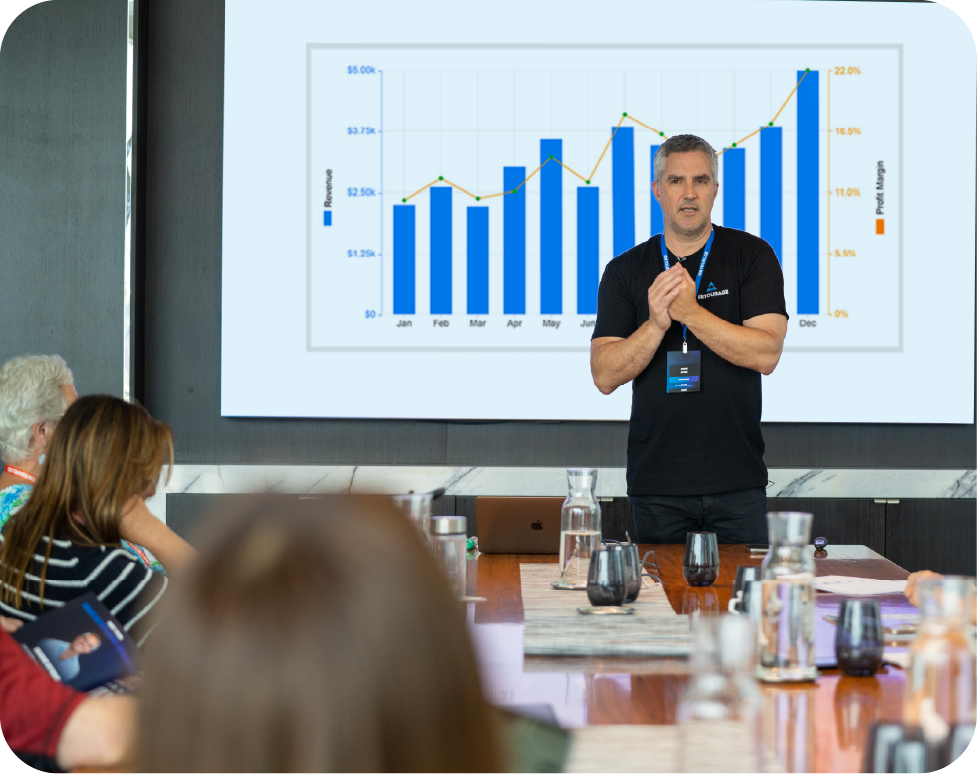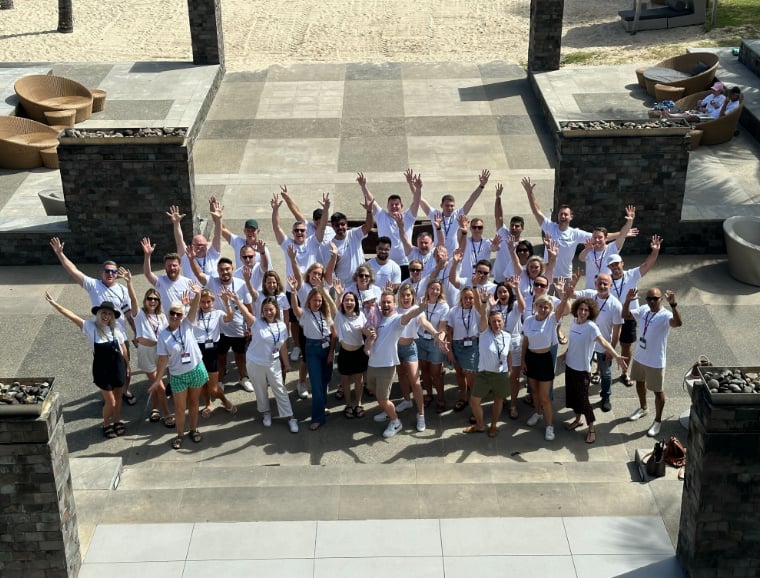At the end of 2021, a 12-year-old girl named Neala Hayes earned $1.6 million selling her drawings of women with long necks. All she needed was a phone and a tablet. She also had a father who helped her understand NFT technology and showed her how to create an NFT picture.
If hearing about child millionaires makes you uncomfortable and you think, “I can draw just as well,” keep reading this article.
What are NFT pictures and how do you become an NFT artist?
“Why the hell are they so expensive?” you might be wondering. We'll explain everything.
NFT stands for non-fungible token — a token that cannot be replaced. NFTs operate on a blockchain, which is like a digital ledger of records (tokens) on a network. Bitcoin, which you might be more familiar with, also “lives” in the same environment.
A key feature of most tokens is their interchangeability. For example, you can borrow one bitcoin from a friend and return another bitcoin later without breaking your promise (if you have such a friend, cherish them). But NFTs are different — they are unique, and each one has its own digital identity. In that sense, they’re more like rare collector’s items than currency.
This uniqueness is part of what gives NFTs their value — much like rare bonuses in online casinos. For instance, offers like Richard Casino no deposit bonus are limited, exclusive, and appealing to specific audiences. In a similar way, NFT tokens are tailored digital assets that attract collectors looking for something special.
An NFT cannot be swapped for another object. Just like you can’t trade a Monet painting for a poster with a cat on it. In this way, NFTs are no different from physical objects.
That’s all well and good, but can you explain it in simple terms? Yes, we’re reading your thoughts again. Imagine you bought an apartment in a big city. Now you own a specific property, officially registered in the state ownership records. NFTs work the same way — they’re entries in the blockchain, which consist of:
- A digital object
- Information about the creator (at least the copyright is respected here)
- Information about the current owner, namely their crypto wallet address
So, NFTs are digital images paired with ownership records? And to make money from this, you need to become a digital artist? Not quite. NFTs can come in various formats:
- Images:
One of the most expensive and famous NFT images is the collage Everydays: The First 5000 Days by an artist known as Beeple. The JPG file sold for nearly $70 million. - Audio recordings:
Musician Clarian sold his 12-track album for $190,000. Incidentally, this was a rare case where the author sold the copyright along with the digital object. - Games:
One of the first NFT projects was the game CryptoKitties. Users could breed virtual kittens, each embodying the idea of token irreplaceability — information about the owner is embedded in the cat’s digital DNA. - Videos:
Videos featuring legendary basketball player LeBron James have sold for between $179,000 and $210,000. - Text:
The very first tweet by Twitter’s creator went under the hammer for $2.5 million (and you’re still doing copywriting for a few dollars?). - GIFs:
Chris Torres, creator of Nyan Cat, earned $560,000 when he turned his work into an NFT. - Memes:
A project sold an NFT meme called Chew my ass! for $2,500. They promised to use the proceeds to buy tissues to wipe away the tears of joy from such a lucrative deal.
Why Are NFTs So Expensive?
Half a million for a GIF with a cat — have people gone mad? Let’s take a step back.
In the ’90s, people bought Tamagotchis and carefully raised them. So how are ‘crypto kitties’ any different?
People have been collecting rare and valuable items for centuries. A few years ago, a T206 Honus Wagner baseball card sold for $3.25 million. How is a piece of cardboard different from a piece of code on the internet?
And if you’re wondering how to make money streaming video games, you build an audience on Twitch or YouTube, then earn real cash from subscriptions, ads, donations, and sponsorships.
“But digital, virtual things are nonsense!” you might say. Remember the Dota 2 fan who bought a pink dog for £38,000?
Okay, but how are NFTs created and how do people make real money from them?
NFTs — How and Where to Start?
Half a million for cats. Of course, selling images is the most profitable way to make money with NFTs. But to do this, you need graphic design skills. At the very least, take some online Photoshop and Illustrator courses and create your own tokens.
But there are other ways to get started:
- NFT games: There are loads of them, but the principle is the same — spend time playing, level up, earn unique items, then sell them. This method doesn’t require any investment, but it does take time.
- Participate in free NFT giveaways: Digital art creators and marketplaces often run giveaways or hand out tokens for reposts, subscriptions, or other actions. It’s a great way to explore the world of NFTs without investing a dime.
- Buy digital art directly from creators through marketplaces: Many artists hold initial sales at bargain prices. Later, you might resell the tokens at a much higher price.
If you’re not interested in the beginner stuff, let’s move on.
How Does NFT Work?
The process of creating an NFT has two stages:
- Creating a digital object
- Creating a token
As you probably guessed, NFT art can be anything — a picture, video, GIF, photograph. Even a child can create it. Someone with online IT design courses can do it even better.
But keep in mind competition among creators is heating up. These days, only truly original collections make it big. Think of projects like the Bored Ape Yacht Club.
What Is an NFT Token?
The second stage in creating NFT art is turning your creation into an NFT token.
As we mentioned earlier, an NFT isn’t just an image — it’s also a registration record about that image stored on the blockchain. A token is that record: a digital certificate proving ownership of a specific object. When you upload an image (or any other file) to a special platform, it verifies your file and records it in the blockchain registry.
You can think of a token like a stock certificate on the stock market — a document that confirms ownership, but stored securely and transparently in the blockchain. Interestingly, in spring 2022, the US Securities and Exchange Commission began investigating the NFT crypto art market to decide whether NFTs should be classified as “securities.”
Once your image becomes a token, you can sell it through a virtual marketplace. The process is similar to selling products on sites like AliExpress, but with two key differences: the platform doesn’t promote your product, and it charges a sizable commission on sales.
How Are NFT Tokens Created?
Creating tokens generally follows these steps:
- Initialise your wallet: Create a digital wallet on the Ethereum blockchain or another supported network. This wallet lets you manage your NFTs and perform transactions.
- Prepare your content: Choose the digital asset you want to tokenize — this could be an image, video, music track, or more.
- Register on a platform: Pick a marketplace that supports NFT creation and sales, then set up your collection.
- Upload your content: Add your digital file to your collection on the platform.
- Fill in the details: Give your NFT a name, write a description, and enter any necessary metadata.
- Verification and tokenization: After you submit your content, the platform reviews it. Once approved, your token is created. Note that many platforms charge a fee (often called a “gas fee”) for this process.
Once created, your NFT token is ready to be sold or traded on the platform you chose.
NFT Platforms for Artists
Choosing the right NFT marketplace is a crucial step for any digital artist. Each platform has its own rules, fees, and ways to make money.
Some marketplaces charge sellers or buyers a percentage of each transaction, while others charge a fixed fee per token. The more popular the platform, the higher the commission tends to be. That’s why it’s important to carefully read the terms of service before you start selling your NFTs.
Here are five of the most popular marketplaces:
- OpenSea
The largest and most well-known platform among digital artists. You can buy and sell all kinds of digital art here. Interestingly, OpenSea also allows the sale of real-world items, though the risks for those transactions lie with the buyers and sellers. This platform suits everyone, but beginners might find the commissions quite high. - Rarible
Although it has fewer transactions than OpenSea, Rarible remains one of the biggest marketplaces. A notable detail is that it was founded by Russians and pays taxes in Russia. - Nifty Gateway
Loved for its option to buy tokens using traditional currencies like dollars and euros. However, this feature is only available to US residents. The platform charges commissions only on sales, not on listing tokens, which is helpful for beginners. - AtomicMarket
An NFT market aggregator that collects listings from several websites. This wide reach benefits artists by increasing exposure. - Solanart
This platform focuses on supporting creative artists, boasting average token sales of nearly $900.
How to Make Money on NFTs
So you’ve created an NFT token — how do you turn it into cash, like the famous half-million-dollar crypto cats? Some experts say it’s no longer easy to jump on the NFT train unless you bought Bitcoin years ago. The market is getting more competitive every day, but the best time to start is now.
If you want to earn well, there are two main rules:
A) Choose an object that holds some universal value.
B) Present it beautifully and uniquely.
For example, if you decide to create a digital portrait of the Mona Lisa as an NFT, collectors won’t pay top dollar unless your version is not just pretty but also carries a unique concept.
You don’t have to copy anyone else’s work. For example, you could record yourself playing guitar and make an NFT out of it, but chances are, no one will buy it. Art is tricky — what seems strange or unclear to many can be valuable to true connoisseurs, and sometimes the opposite is true.
There are no magic formulas to make money with NFTs, but fresh, original ideas are always worth more than plagiarism. Keep trying and don’t give up — that’s the only way to make millions!
Global brands are launching NFT collections and don’t plan to stop. You could become the expert who creates digital art products for major companies at the intersection of real and virtual worlds.
For example, the Austrian postal service released the Crypto Stamp — a physical stamp linked to an NFT token. This isn’t just a collector’s item but helps improve postal operations by enabling faster parcel processing through its digital twin on the blockchain.
Another example is how cybersecurity experts view NFTs as a new way to verify identity. It’s much harder to forge a blockchain record than a passport. In the future, users might identify themselves online using NFT-based digital licenses.
What this shows is that NFTs aren’t just about selling pictures or memes for crazy prices (though they do that too). They’re a technology with the potential to transform many industries. As a result, the market will continue needing skilled IT specialists.
Related Categories
Ryan Terrey
As Director of Marketing at The Entourage, Ryan Terrey is primarily focused on driving growth for companies through lead generation strategies. With a strong background in SEO/SEM, PPC and CRO from working in Sympli and InfoTrack, Ryan not only helps The Entourage brand grow and reach our target audience through campaigns that are creative, insightful and analytically driven, but also that of our 6, 7 and 8 figure members' audiences too.





